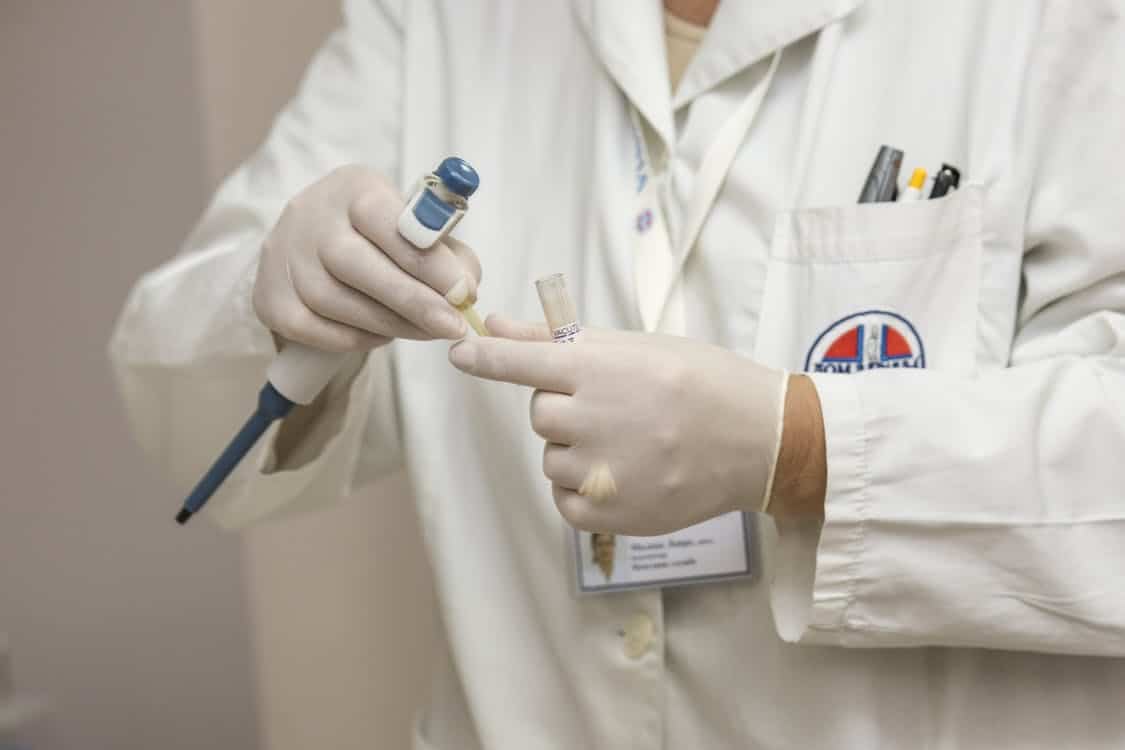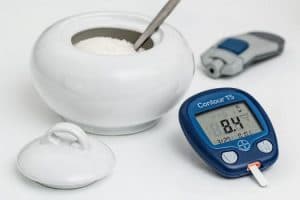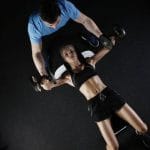I love reading about sports medicine – from lay to professional literature I find this stuff amazingly interesting, because today’s news is tomorrow’s old news.
When I was in graduate school, I did a project – and independent study – where I reviewed many articles on hips and knees and summarized each in abstract form so that I could learn way more than my department profs could teach me. Needless to say, I forgot nearly everything, but some I remember, because it keeps cropping up again and again.
For example, when Jerry Rice of the 49ers tore his ACL years ago, in September, it was expected that he would not be back for the rest of the season. Surprisingly he played again in early December, caught a touchdown pass, landed on his surgical knee, and ended his career, because the very procedure – (patella) bone – patella tendon – (patella) bone, or B-PT-B – that sped his recovery left his patella a little weaker. So, when he landed on his knee, it fractured, and that’s a bad injury. Nonetheless, orthopods started doing that procedure and prevented their patients from going out into contact situations a bit later than rice’s couple months plus.
At the time, it was believed that this procedure would not interfere with the hamstrings’ ability to control the knee after a graft. Furthermore, what with infectious diseases like AIDS, it was a great technique that used the patient’s own tissue to reconstruct the ACL. Furthermore, tho the quads would be weakened by this technique, they would recover quickly, as Rice’s did, with the p.t. techniques that were available at that time. so, here was a great new procedure…until too many issues came up. You see, the more these are done, the more data is collected. Unlike drugs, you can’t provide placebo surgeries on otherwise healthy people to test the short and long term effects of a surgical technique. Also, it’s not till folks go and test these procedures in real life, not the clinic or lab, that you find out if they work better than previous or other procedures. So, when improved hamstring techniques – the ones I read about in college – came along, and the improved p.t. that had evolved since my college days that would reinstate proper hamstring function (proprioceptive strategies that were hardly in use in the mid 80s)the B-PT-B procedure fell out of favor.
For your understanding as to why I feel so confident in this assessment, I have had many opportunities to observe one of nashville’s best orthopedic su
My point is, this article addresses these issues and how it is that procedures and techniques hit the mainstream only to fail under scrutiny over a longer time frame than most of us injured athletes are willing to wait on. Does this make these voodoo, or experimental? Well, if it’s your joint, it’s experimental til it becomes voodoo. Don’t fault the doc – he’s simply following his muse, and if he didn’t, we would not know for sure, in the future, whether or not we missed an opportunity to perform a different, better procedure. Unfortunately, you may have been the guinea pig. Fortunately, rarely is sports orthopedics a life-death issue. However, other sport med treatments are potentially dangerous, not just expensive or painful, so beware a doc’s advice just because he has this new certification or machine. Also, I know from experience with a very trusted and competent sports med doc who gave me hyaluronidase injections for my arthritic knee that costs are added in when you don’t know about them. So, he used a new ultrasound machine he’d just gotten to better see where to put the needle. Upon doing so, he said it showed him exactly where he’d have put it anyway. When I got the bill, and saw it cost an extra $500 plus, I confronted him on it. He quickly stopped using it, explaining that the main office told him to use this – and obviously for making extra money on an otherwise relatively inexpensive treatment – like double!!!
So, before you volunteer to be a lab rat, be sure to ask the doc if there are other more proven methods; and how one stacks up against the other in cost, convenience (how many times do you need to see the doc- because each visit costs a lot of money), and consequences, including pain, time off, etc. Then make an informed decision, not based on Jerry Rice’s enormously aggressive work ethic and his unreasonable hours in the gym that allowed an elite athlete already biologically unique to rapidly heal and perform.














